In today's fast-paced world, choosing a smartphone that stands the test of time is essential for both functionality and sustainability. With numerous brands flooding the market, finding the best phone for long-term use requires careful consideration of factors like build quality, software updates, and customer support. Renowned brands have set themselves apart by maintaining a consistent commitment to excellence, making them ideal choices for consumers who prioritize longevity in their devices. For a comprehensive guide to the top brands that deliver enduring quality and reliability, explore below.
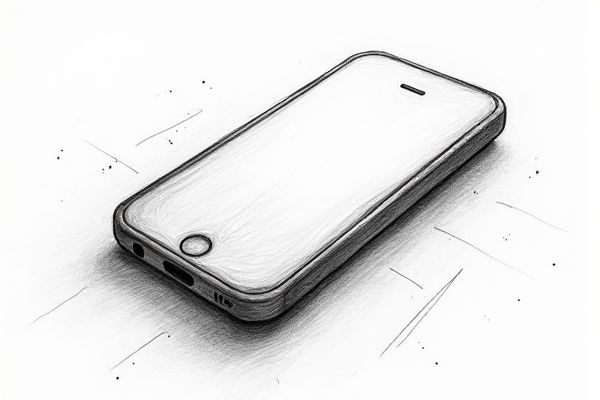
Illustration of phone for long term use
Best brands of phone for long term use in 2025
Apple
Apple is renowned for producing phones that excel in long-term use, with iPhones retaining at least 40% more of their value compared to Android smartphones. Hundreds of millions of iPhones remain in use for over five years, and from 2015 to 2022, out-of-warranty repair rates decreased by 38%. The introduction of improved enclosures starting with the iPhone 7 line-up reduced overall repairs for accidental damage by 44%, and liquid ingress protection lowered liquid damage repairs by 75%. Apple's commitment to durability is evident in its latest models, such as the iPhone 15 Pro Max, which passed rigorous drop tests. This longevity is a testament to Apple's focus on design, repairability, and software updates. For more information on Apple's product longevity and iPhone resale value, visit Apple Shares New Stats on Product Longevity.
Samsung
Samsung phones are renowned for their durability and long-term performance, with an average lifespan of 3 to 6 years. They can last more than five years with proper care and minor repairs. The latest models, such as the Galaxy S23 series, feature Corning Gorilla Glass Victus 2 and IP68 water-resistance, enhancing their durability. Samsung's batteries retain about 80% of their capacity after 500 charge cycles, and phones manufactured after 2019 receive three years of Android updates and four years of security updates for enhanced device longevity. For more details on how long Samsung phones last, visit SlashGear's comprehensive article.
Google stands out as one of the best producers of phones for long-term use, particularly with its Pixel series, which offers an unprecedented seven years of security updates and Android OS upgrades, ensuring the devices remain secure and feature-rich until 2030. This commitment to longevity makes Pixel phones a sustainable choice, with regular Feature Drops adding new functionalities and improving existing ones. The Pixel 8 and Pixel 8 Pro, powered by the Tensor chip, are designed for the generative AI era, enhancing user experience over time. Google's dedication to software support and innovative features like Audio Magic Eraser and Video Boost further solidify its position as a leader in long-term phone usability. This extensive support ensures that Pixel users can rely on their devices for years without the need for frequent upgrades. You can find more information about the newest Pixel updates.
OnePlus
OnePlus stands out as a top producer for phones designed for long-term use, offering four years of OS updates and an additional year of security patches for its flagship models like the OnePlus 12 and OnePlus 12R. These devices are engineered to retain their performance through stress testing with TUV SUD, ensuring they remain smooth and efficient even after extensive use. The Battery Health Engine in OnePlus phones extends battery lifespan, maintaining high charging speeds even after 1,600 charge cycles, roughly equivalent to four years. With a customer satisfaction score of 87% and a product quality score of 4.2 out of 5, OnePlus has built a reputation for reliability and performance. Additionally, studies suggest that Android users typically upgrade their phones every four years, aligning well with OnePlus's support timeline. For more information on OnePlus's update policies, see why OnePlus won't match Samsung and Google's 7 years of software updates.
Sony
Sony is renowned for producing smartphones that excel in long-term use, with the Sony Xperia 1 V demonstrating strong performance and durability. It scored very well in durability tests, passing both the tumble test with 100 drops and the water submersion test, and it has an above-average battery lifespan of 42.5 hours. The phone also features excellent scratch resistance and a reliable build quality. Additionally, Sony's focus on camera quality ensures that users get high-quality images and videos over an extended period. With a predicted reliability rating based on estimated problem rates, Sony smartphones are a reliable choice for long-term use.
LG
LG is renowned for producing phones that excel in long-term use, particularly highlighted by the LG X Power, which boasts a massive 15.58Wh battery, allowing it to last up to 12.77 hours in web browsing tests, outperforming many mid-range devices like the Moto G4 and iPhone SE. In 2019, despite facing significant sales drops of nearly 30%, LG's commitment to cost-cutting and reorganizing helped narrow losses, indicating a potential turnaround in their strategy.
Xiaomi
Xiaomi is renowned for producing smartphones that offer long-term durability and reliability. The latest models, such as the Xiaomi 14 and 14 Ultra, provide four years of software updates and five years of security updates, ensuring they remain functional until at least 2029. Some studies indicate that Xiaomi smartphones can last more than 7 years with moderate usage, and even up to 6.5 years with repairs, as seen in models like the Redmi Note 8Z. Additionally, proper care, such as managing battery charging and avoiding overheating, can significantly extend the lifespan of these devices. With IP68 ratings for dust and waterproofing, Xiaomi phones are also resilient against environmental factors. For more insights into the best Xiaomi phones, explore the latest reviews and comparisons.
Huawei
While Huawei is often perceived as having a shorter smartphone lifespan, certain models have shown remarkable durability. For instance, the Huawei P20 Lite has been noted as one of the longest-living Huawei smartphones, with an average life of 8.5 years in Italy, even accounting for repairs. The Huawei Mate 60 Pro has also demonstrated exceptional resilience in extreme durability tests, surviving a 22-ton roller and gunfire, highlighting the brand's commitment to durability. Despite general estimates suggesting Huawei phones last between 2 to 4 years, proper maintenance and the right model can significantly extend their lifespan. Huawei's investment in research and development, exceeding USD 58 billion over the last decade, contributes to the quality and longevity of their devices. You can read more about the Huawei Mate 60 Pro's exceptional resilience in extreme durability tests.
Motorola
Motorola is renowned for producing phones that excel in long-term use, particularly in terms of battery life and durability. For instance, the Motorola Edge Plus, powered by the Snapdragon 865, nearly reached an 11-hour mark in battery tests, and the Moto G Power features a 5,000 mAh battery, ensuring extended usage. In the realm of foldable phones, Motorola's Razr models are tested to withstand significant folding cycles, with the updated Razr 2020 claimed to handle 200,000 folds, equivalent to opening and closing the phone 100 times a day for five years. However, real-world tests have shown varying results, such as the Motorola Razr Plus Ultra's hinge failing at around 43,800 folds in a durability comparison test. Despite this, Motorola's commitment to innovation and power efficiency makes their phones a strong choice for long-lasting performance.
Nokia
Nokia is renowned for producing phones that excel in long-term use, with its newest models boasting up to three days of battery life and durability that surpasses industry standards, surviving up to three times longer than rivals in testing. The Nokia G22, for example, features a 5,050mAh battery that maintains over 80% of its original capacity after 800 full charging cycles, and it is designed with repairability in mind through a partnership with iFixit. The Nokia C32 also stands out with a 5,000mAh battery, an IP52 rating, and toughened glass, ensuring longevity and resilience. Nokia's commitment to sustainability and quality is evident in their devices, which are now set to be manufactured in Europe to enhance security for business clients. This approach aligns with Nokia's historical success, having dominated the mobile market with a 70% share in 2007. For more insights, visit Nokia's newest phones.











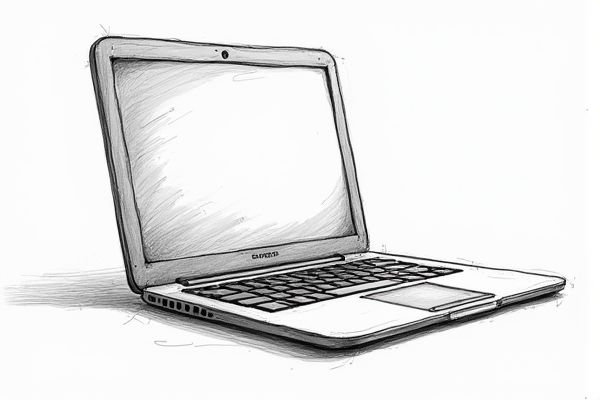
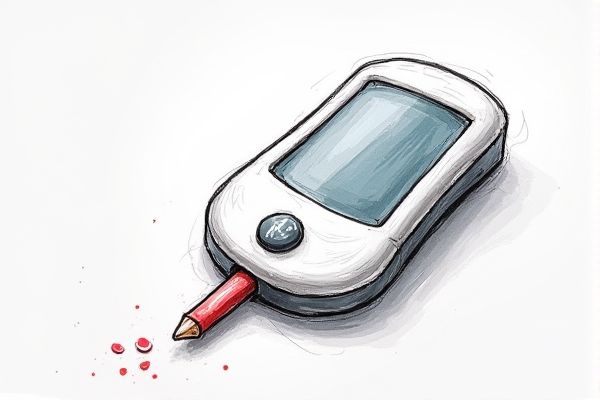
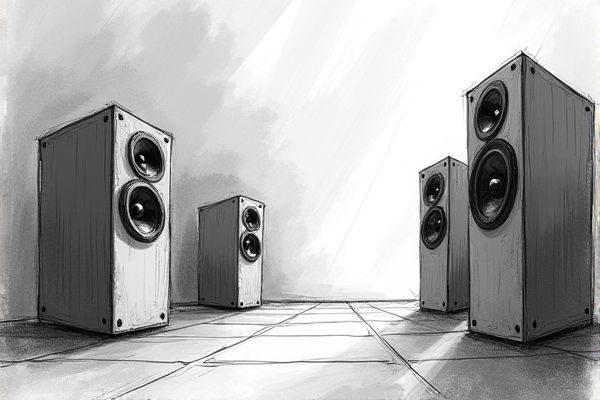
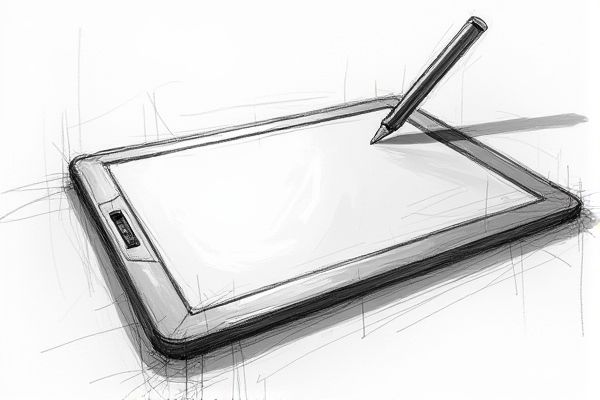
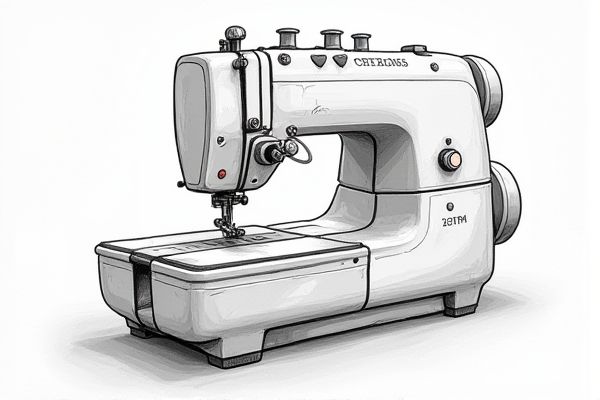
Leave a Reply
Your email address will not be published.